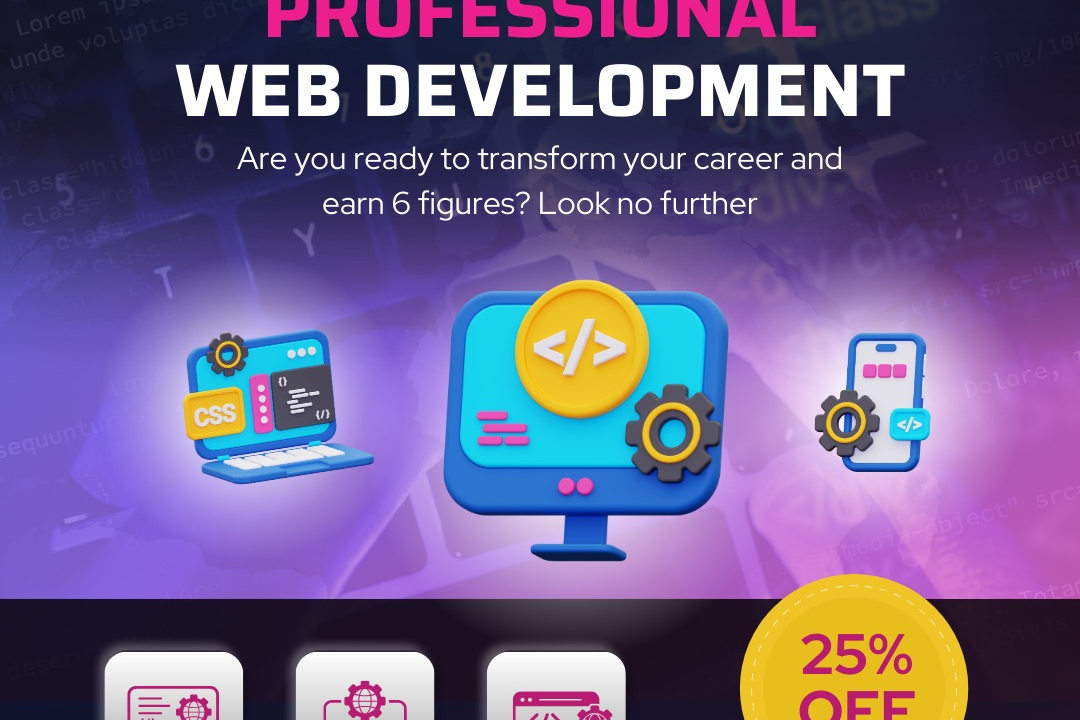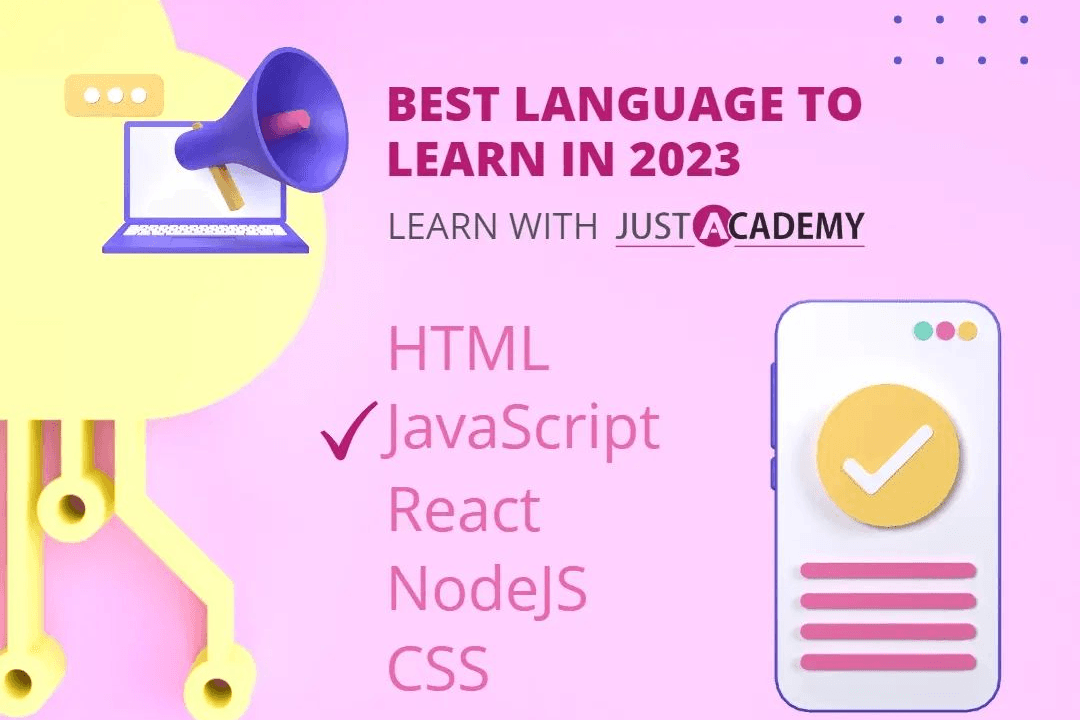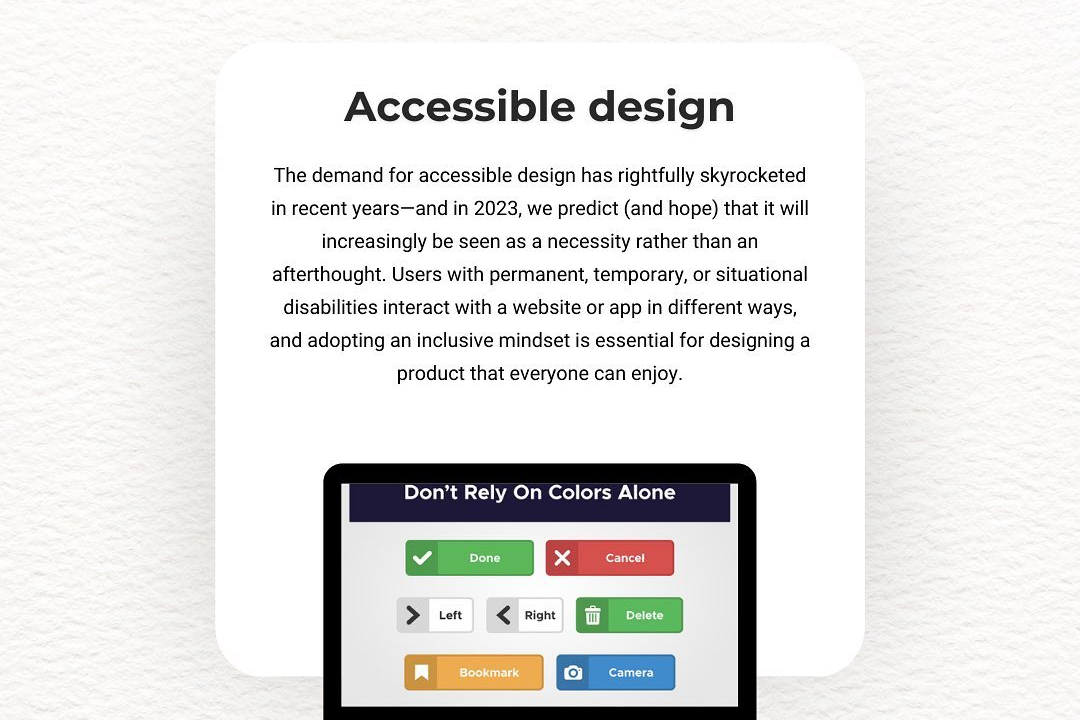Factorial Program to User Input in PHP
A factorial program in PHP computes the factorial of a number provided by the user, which is the pro
Factorial Program to User Input in PHP
A factorial program in PHP that accepts user input is a valuable tool for understanding fundamental programming concepts such as loops, recursion, and user interaction. It enables developers to dynamically compute the factorial of any number entered by the user, which is useful in mathematical calculations, combinatorics, and algorithm development. This practical implementation helps learners grasp how to process input data, perform iterative or recursive operations, and display results efficiently, making it an essential exercise for building strong PHP programming skills.
To Download Our Brochure: https://www.justacademy.co/download-brochure-for-free
Message us for more information: +91 9987184296
A factorial program in PHP that accepts user input is a valuable tool for understanding fundamental programming concepts such as loops, recursion, and user interaction. It enables developers to dynamically compute the factorial of any number entered by the user, which is useful in mathematical calculations, combinatorics, and algorithm development. This practical implementation helps learners grasp how to process input data, perform iterative or recursive operations, and display results efficiently, making it an essential exercise for building strong PHP programming skills.
Course Overview
The ‘Factorial Program to User Input in PHP’ course teaches how to create dynamic PHP scripts that calculate factorials based on user input, covering core concepts like input handling, loops, and functions, enabling learners to build interactive, real-world applications efficiently.
Course Description
Learn to create dynamic PHP scripts that calculate the factorial of user-inputted numbers, combining input handling, loops, and functions for practical web development skills.
Key Features
1 - Comprehensive Tool Coverage: Provides hands-on training with a range of industry-standard testing tools, including Selenium, JIRA, LoadRunner, and TestRail.
2) Practical Exercises: Features real-world exercises and case studies to apply tools in various testing scenarios.
3) Interactive Learning: Includes interactive sessions with industry experts for personalized feedback and guidance.
4) Detailed Tutorials: Offers extensive tutorials and documentation on tool functionalities and best practices.
5) Advanced Techniques: Covers both fundamental and advanced techniques for using testing tools effectively.
6) Data Visualization: Integrates tools for visualizing test metrics and results, enhancing data interpretation and decision-making.
7) Tool Integration: Teaches how to integrate testing tools into the software development lifecycle for streamlined workflows.
8) Project-Based Learning: Focuses on project-based learning to build practical skills and create a portfolio of completed tasks.
9) Career Support: Provides resources and support for applying learned skills to real-world job scenarios, including resume building and interview preparation.
10) Up-to-Date Content: Ensures that course materials reflect the latest industry standards and tool updates.
Benefits of taking our course
Functional Tools
1 - PHP Programming Language: PHP (Hypertext Preprocessor) is the core tool used in developing the factorial program. It is a popular server side scripting language designed specifically for web development but also used for command line scripting. PHP's easy to understand syntax makes it ideal for beginners learning programming fundamentals. It provides built in functions and features that facilitate user input handling, mathematical calculations, and output generation, enabling students to develop robust server side applications. Learning PHP through this course helps students understand dynamic website creation, backend processing, and scripting automation, establishing a strong foundation for more complex web development projects. Practical exposure to PHP in real time projects ensures learners grasp essential coding concepts while applying them practically, thereby enhancing their programming and problem solving skills. This training prepares students to create interactive and user oriented web applications, equipping them with industry relevant skills that increase employability and foster confidence in their coding capabilities.
2) HTML Forms for User Input: HTML forms are used to create input fields where users can enter the number for which they want to calculate the factorial. This tool is essential as it provides a simple interface for user interaction, collecting data efficiently. The form typically includes an input box and a submit button, allowing seamless data submission to the PHP script for processing. Understanding how to design and validate forms is crucial for creating user friendly web applications, and this course introduces students to best practices in form creation, input validation, and data sanitization to prevent security vulnerabilities.
3) PHP Superglobals ($_POST and $_GET): These are special PHP variables used to collect information from forms submitted via POST or GET requests. They enable the program to access user inputs securely and process data dynamically. Proper understanding of superglobals is vital for writing interactive scripts that respond correctly to user commands, ensuring accurate calculations and error handling. Students learn how to retrieve, validate, and utilize form data effectively, which is an integral part of building interactive web projects and understanding client server communication.
4) PHP Functions and Logic: The training incorporates creating custom functions in PHP to calculate factorials. Functions encapsulate repetitive logic, making code more modular, readable, and maintainable. Learners are taught to write clean code using control structures like loops and conditionals, essential for implementing iterative and recursive factorial calculations. By understanding function design, students can organize complex algorithms efficiently, facilitating debugging and future extensions of their code.
5) Error Handling and Validation Tools: The course introduces techniques and tools to validate user input and handle errors gracefully. This includes checking for non numeric inputs, empty fields, or invalid data formats, and providing user friendly error messages. Proper validation prevents runtime errors and enhances the security and reliability of web applications, ensuring they function correctly under various scenarios.
6) Integrated Development Environment (IDE): An IDE like Visual Studio Code, PHPStorm, or Sublime Text is used for writing, debugging, and testing PHP scripts. These tools provide syntax highlighting, code suggestions, and debugging features that streamline the development process. Learning to utilize IDEs enhances productivity, helps identify errors quickly, and encourages best coding practices, essential skills for professional developers.
7) Web Server Environment (XAMPP/WAMP): These tools set up a local server environment on students’ computers, allowing PHP scripts to run in a realistic web server context. They include Apache, MySQL, and PHP modules, providing an all in one platform for testing and deploying web applications locally. Familiarity with local server management helps students understand server configurations, hosting issues, and deployment processes, bridging the gap between development and production environments.
8) Browser Developer Tools: Modern browsers come with developer tools that assist in debugging HTML, CSS, and JavaScript code related to the PHP application. Students learn to inspect elements, monitor network requests, and troubleshoot UI issues, ensuring their web pages are functional and visually consistent across various browsers and devices. These tools are integral to comprehensive web development training.
9) Version Control System (Git): Although optional, integrating version control systems like Git enables students to track changes in their codebase, collaborate with peers, and revert to previous versions if needed. Tools like GitHub or GitLab facilitate cloud based repositories, encouraging best practices in software development and project management.
10) Documentation and Commenting Tools: Proper documentation tools and commenting practices are emphasized to help students write clear, maintainable code. Including comments explaining logic and choosing the right documentation format enhances code readability and facilitates collaboration. These skills are vital for professional coding standards and long term project success.
11 - User Interface Design Basics: The course covers fundamental principles of designing an intuitive and user friendly interface for web applications. Learners understand how to create simple, clean, and accessible forms that enhance user experience, ensuring that the application is easy to navigate and interact with. This knowledge helps in developing aesthetically pleasing and functional web pages, which is crucial for client satisfaction and engagement.
12) Basic Frontend Technologies (CSS/JavaScript): While primarily focused on PHP backend development, the course introduces essential frontend technologies such as CSS for styling and JavaScript for basic client side validation or interactivity. Understanding these technologies allows students to create seamless, dynamic, and visually appealing web applications, bridging the gap between frontend and backend development.
13) Deployment and Hosting Fundamentals: The training includes steps for deploying PHP applications on live servers, including uploading files via FTP, configuring server settings, and managing domain names. These concepts teach students how to move their projects from a local environment to a live environment, preparing them for real world deployment scenarios.
14) Introduction to Databases: Although not directly related to the factorial program, the course provides a foundational understanding of databases (like MySQL) for storing user data or application settings. This knowledge is vital for developing complex applications that require data persistence, user management, and dynamic content updates.
15) Security Best Practices: Emphasis is placed on securing web applications against common vulnerabilities such as SQL injection, Cross Site Scripting (XSS), and CSRF attacks. Students learn how to implement sanitization, validation, and secure coding techniques, ensuring their applications are robust and secure.
16) Responsive Design Principles: The course introduces basic responsive design techniques to make web applications compatible with various devices and screen sizes. This ensures that the application remains accessible and functional across desktops, tablets, and smartphones.
17) Learning Path Flexibility: The program is designed to accommodate learners with varying levels of experience, offering foundational to advanced modules. This flexibility helps students progress at their own pace, building confidence as they master each component of web development.
18) Collaboration and Teamwork Skills: Through project work and peer review, students develop essential collaboration skills, understanding how to work effectively in a team environment. These skills are valuable in professional settings, promoting better project outcomes and communication.
19) Industry Relevant Certifications: Successfully completing the course and real time projects enables students to earn certifications recognized by industry stakeholders. These credentials can significantly enhance their employability prospects and professional credibility.
20) Ongoing Support and Resources: The training includes access to tutorials, webinars, and forums for continuous learning and troubleshooting. This ongoing support helps students stay updated with emerging technologies and best practices in web development.
21 - Ethical Coding and Data Privacy: Discussions around ethical programming practices and user data privacy are integrated into the curriculum. This awareness ensures students develop responsible coding habits aligned with legal and ethical standards.
22) Basic Testing and Debugging Techniques: The course trains students in identifying, diagnosing, and fixing errors in their PHP scripts effectively. Mastery of debugging tools and testing methods ensures the development of reliable and maintainable applications.
23) Business Communication Skills: Learners are also guided on how to document their code and communicate technical concepts clearly, which is essential when presenting projects to clients or stakeholders.
24) Exposure to Learning Resources and Community: Students gain knowledge about reputable online resources, coding communities, and open source projects that can support their continuous growth as developers.
25) Practical Project Management Skills: The course emphasizes organizing software development tasks, setting milestones, and managing time effectively, which are crucial skills in professional project delivery.
26) Customization and Scalability Concepts: While working on simple projects like the factorial program, learners are introduced to writing scalable code that can be extended into more complex applications in the future.
27) Integration with Other Technologies: The curriculum explores how PHP can work alongside technologies like JavaScript, AJAX, and APIs, providing a holistic understanding of building interactive and data driven web applications.
28) Focus on Industry Trends: The training keeps students informed about current trends such as serverless architecture, cloud hosting, and automation tools that are shaping the future of web development.
29) Entrepreneurial Skills: The course also encourages learners to think about developing their own web services or business applications, fostering an entrepreneurial mindset.
30) Certification Based Career Pathways: Post completion, students can explore various career pathways in web development, software engineering, or start their own freelancing ventures with confidence.
Browse our course links : https://www.justacademy.co/all-courses
To Join our FREE DEMO Session:
This information is sourced from JustAcademy
Contact Info:
Roshan Chaturvedi
Message us on Whatsapp: +91 9987184296
Email id: info@justacademy.co
Ajax Programming Using Php Codeigniter
Android App Development Implant Training












